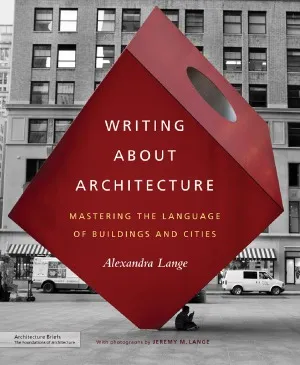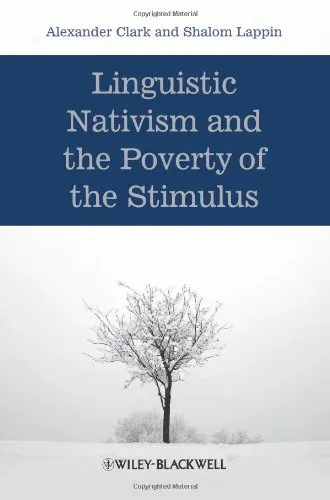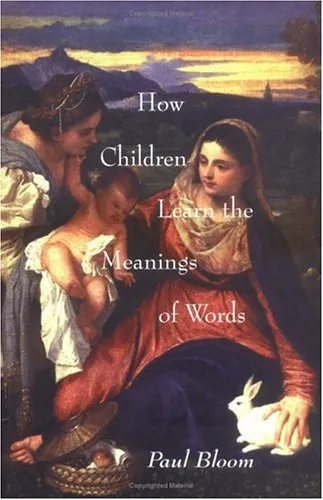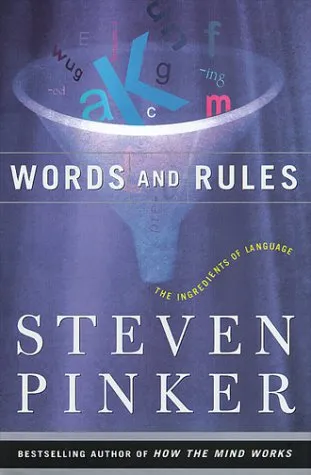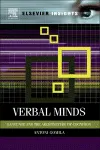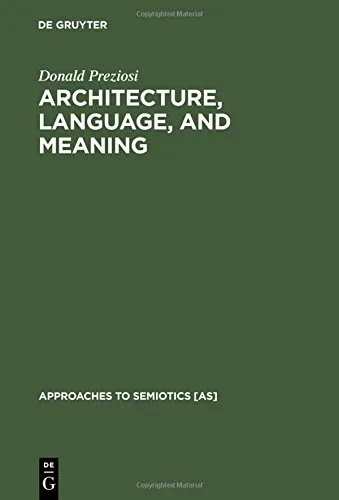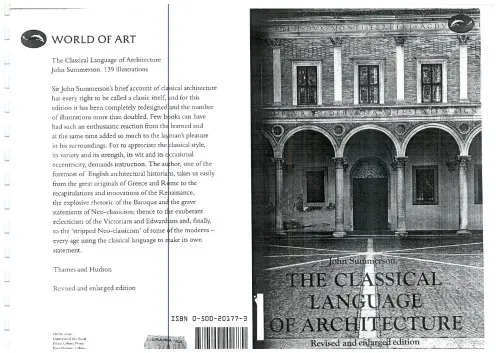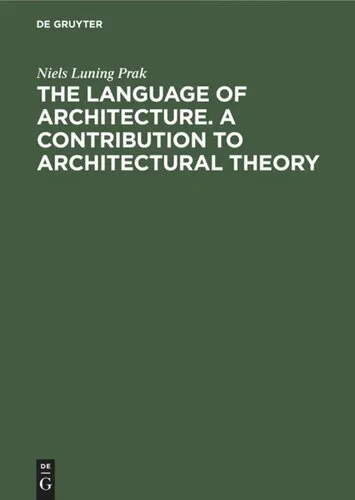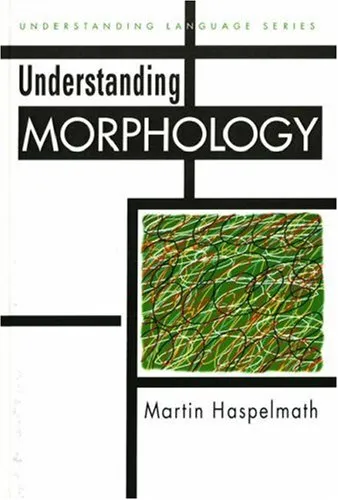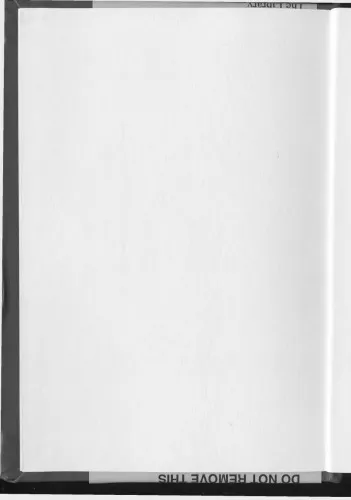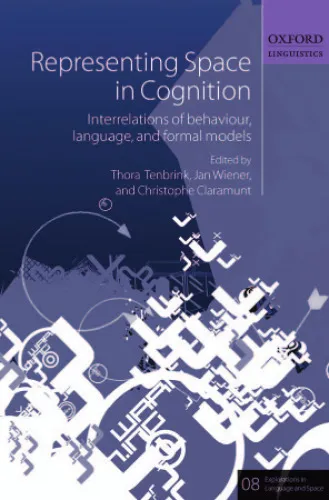Writing About Architecture Mastering the Language of Buildings and Cities
4.4
بر اساس نظر کاربران

شما میتونید سوالاتتون در باره کتاب رو از هوش مصنوعیش بعد از ورود بپرسید
هر دانلود یا پرسش از هوش مصنوعی 2 امتیاز لازم دارد، برای بدست آوردن امتیاز رایگان، به صفحه ی راهنمای امتیازات سر بزنید و یک سری کار ارزشمند انجام بدینکتاب های مرتبط:
معرفی کتاب "Writing About Architecture: Mastering the Language of Buildings and Cities"
کتاب "Writing About Architecture: Mastering the Language of Buildings and Cities" نوشته الکساندرا لانگه، اثری برجسته و راهنمایی جامع برای کسانی است که میخواهند درباره معماری و شهرنشینی نه تنها بنویسند، بلکه از این طریق به درک عمیقتری از محیطهای ساخته شده دستیابند. این کتاب به بررسی موضوعات کلیدی معماری مدرن، زبان بصری و تاثیر اجتماعی شهرسازی میپردازد. در این معرفی، مروری جامع و طبقهبندیشده از محتوا و اهمیت این کتاب ارائه میدهیم.
خلاصهای دقیق از کتاب
در این کتاب پر مایه و کاربردی، الکساندرا لانگه اهمیت نحوه نوشتن درباره معماری و شهرسازی را پررنگ میکند. کتاب از شالودهای تاریخی و نقدهای برجسته شروع کرده و سعی میکند زبان مشترکی میان منتقدین، طراحان و عموم مردم پیدا کند. لانگه با بررسی آثار برخی از مشهورترین نویسندگان تاریخ معماری از جمله لوئیس مامفورد، جین جیکوبز، و ایدیاسآر به تحلیل سبکها، روشهای نگارش، و جایگاه فرهنگی این متفکران میپردازد.
فصلهای مختلف این کتاب شامل مباحثی درباره خوانش معماری، تفسیر خلاقانه، و حتی تحلیل تکنیکهای نوشتاری است. یکی از نقاط قوت اصلی این کتاب، ساختار مدون آن است که خواننده را از مراحل مقدماتی مشاهده، تحقیق، و تفسیر تا نحوه بیان نهایی آنچه دیده و حس کرده راهنمایی میکند. با ارجاع به پروژههای واقعی و ساختمانهای شناختهشده، خواننده قادر خواهد بود چگونگی استفاده از دانش نظری در تحلیل و نوشتار را بهتر درک کند.
نکات کلیدی کتاب
- چگونه با دیدی تازه به معماری نگاه کنیم
- استفاده از ابزارهای تحلیل زبان بصری در نمایش و توصیف فضا
- اهمیت تاریخ و فرهنگ در تحلیل شهرسازی
- برقراری ارتباط موثر میان نویسنده و مخاطب از طریق زبان نقد
- شیوههای متمایز نقد معماری در مقابل نقد هنری و اجتماعی
جملات معروف از کتاب
در کتاب "Writing About Architecture"، نویسنده جملات الهامبخش متعددی بیان میکند. در زیر به چند مورد اشاره شده است:
“To write about architecture is to observe it in a new way, to see not only the building, but the connections between people, the stories of the spaces, and the invisible ties that architecture weaves into our lives.”
“Good architecture deserves good criticism. But good criticism begins with looking and asking questions without presupposition.”
“Buildings do not exist in isolation; they are part of the world and a reflection of our collective values.”
چرا این کتاب مهم است
کتاب "Writing About Architecture" به دلیل ارائه دیدگاهی ترکیبی و بینرشتهای میان نقد معماری، طراحی، نویسندگی و شهرشناسی یکی از منابع ضروری در زمینه معماری است. این کتاب فقط برای معماران یا دانشجویان معماری نیست، بلکه برای هر کسی که به فضاهای شهری و نحوه تعامل آنها با جامعه علاقهمند است نیز فوقالعاده مفید است.
یکی از دلایل اهمیت این کتاب، تأکید نویسنده بر شناسایی نقش زبان و روایت در معرفی و ارزشگذاری معماری است. لانگه معتقد است نقد خوب نه تنها زیبایی را تحلیل میکند بلکه به چالشهایی همچون عدالت اجتماعی، پایداری و ارتباط انسانی نیز میپردازد.
به علاوه، این کتاب با فراهم کردن راهکارها و تکنیکهایی عملی، به خوانندگان کمک میکند تا نگاشتی جذاب و تاثیرگذار از مشاهدات خود در حوزه معماری ایجاد کنند. از این رو، "Writing About Architecture" نه تنها در فهم معماری و شهرنشینی، بلکه در تربیت منتقدان آینده که توانایی ارتباطگیری با مخاطبان گستردهتری دارند نیز نقشی محوری ایفا میکند.
Introduction to "Writing About Architecture: Mastering the Language of Buildings and Cities"
"Writing About Architecture: Mastering the Language of Buildings and Cities" is both a compelling guide and a practical handbook for readers who wish to explore the art of critiquing, analyzing, and understanding architecture and urban spaces. In this book, I delve into the critical importance of articulating the built environment, offering tools and techniques to express ideas clearly while capturing the essence of buildings and cities with precision and creativity.
As architecture continues to evolve, touching disciplines such as urban planning, environmental design, and even sociology, the need for compelling architectural writing has never been greater. This book combines timeless principles with contemporary examples to help readers decode structures and communicate their impact effectively. By studying the works of renowned architectural critics and engaging with real-world examples, my mission is to empower aspiring writers, designers, and enthusiasts to better connect words with spaces.
In the following sections, I provide a detailed overview of the essence of the book, key takeaways, impactful quotes, and why this book remains relevant for anyone interested in exploring the intersection of architecture and language.
Detailed Summary of the Book
"Writing About Architecture" is a comprehensive guide that explores how to effectively communicate architectural critique in different formats, such as essays, newspaper reviews, and other media. It builds on examples drawn from the history of architectural criticism while also reflecting on contemporary architectural challenges. The ultimate goal is to help readers develop their own voice to describe and analyze our increasingly complex built environments.
Structured across thematic chapters, this book looks at the role of iconic critics—from Ada Louise Huxtable to Jane Jacobs—while integrating their insights into a framework that can be applied today. I weave together discussions about residential, urban, and ecological design, encouraging readers to think about architecture in broader social, cultural, and political contexts.
The book also touches on how language transforms a purely technical discussion about roofs, facades, or foundations into a narrative that resonates with readers. Whether it's drawing vivid imagery of a historic Gothic church, dissecting modernist structures, or envisioning sustainable cities of the future, I explore how architectural critique is both an art and a discipline.
Key Takeaways
- Understand the history and evolution of architectural criticism.
- Learn the different writing styles for describing buildings and urban spaces.
- Appreciate the interplay between architecture and its sociopolitical impact.
- Develop a personal voice to better articulate thoughts on architecture.
- Gain inspiration from renowned critics and their methodology to craft compelling critiques.
Famous Quotes from the Book
- "To write about architecture is to translate visual and spatial experiences into words, making the intangible tangible."
- "Criticism is not simply about praising or condemning a building—it is an exploration of ideas, influences, and human stories embedded in the design."
- "Architecture does not exist in isolation. Every structure is a response to its time, its climate, and its people."
- "The language of architecture is universal, but the way we write about it defines how accessible it becomes to the wider world."
- "By learning to read buildings, we also learn to read the world around us."
Why This Book Matters
In an era of rapid urbanization and technological advancements, the way we perceive, discuss, and critique architecture holds remarkable significance. Buildings are not just structures—they are reflections of society, culture, and human ambition. "Writing About Architecture" bridges the gap between these structures and the language we use to decode them.
This book is not just for architects. It invites urban planners, designers, journalists, and architecture enthusiasts to explore buildings through the prism of words. As cities grow and evolve, critical writing becomes increasingly relevant in fostering meaningful conversations about the spaces we inhabit. This book equips readers with the tools to both celebrate and critique the built environment, making it a vital resource for anyone passionate about architecture, urban issues, and storytelling.
Ultimately, "Writing About Architecture" aims to cultivate a new generation of thinkers who can narrate the story of buildings and the cities they shape. Whether you're seeking inspiration for your personal writing journey or wish to understand architecture with greater depth, this book serves as a starting point for meaningful exploration.
دانلود رایگان مستقیم
شما میتونید سوالاتتون در باره کتاب رو از هوش مصنوعیش بعد از ورود بپرسید
دسترسی به کتابها از طریق پلتفرمهای قانونی و کتابخانههای عمومی نه تنها از حقوق نویسندگان و ناشران حمایت میکند، بلکه به پایداری فرهنگ کتابخوانی نیز کمک میرساند. پیش از دانلود، لحظهای به بررسی این گزینهها فکر کنید.
این کتاب رو در پلتفرم های دیگه ببینید
WorldCat به شما کمک میکنه تا کتاب ها رو در کتابخانه های سراسر دنیا پیدا کنید
امتیازها، نظرات تخصصی و صحبت ها درباره کتاب را در Goodreads ببینید
کتابهای کمیاب یا دست دوم را در AbeBooks پیدا کنید و بخرید
1470
بازدید4.4
امتیاز0
نظر98%
رضایتنظرات:
4.4
بر اساس 0 نظر کاربران
Questions & Answers
Ask questions about this book or help others by answering
No questions yet. Be the first to ask!
